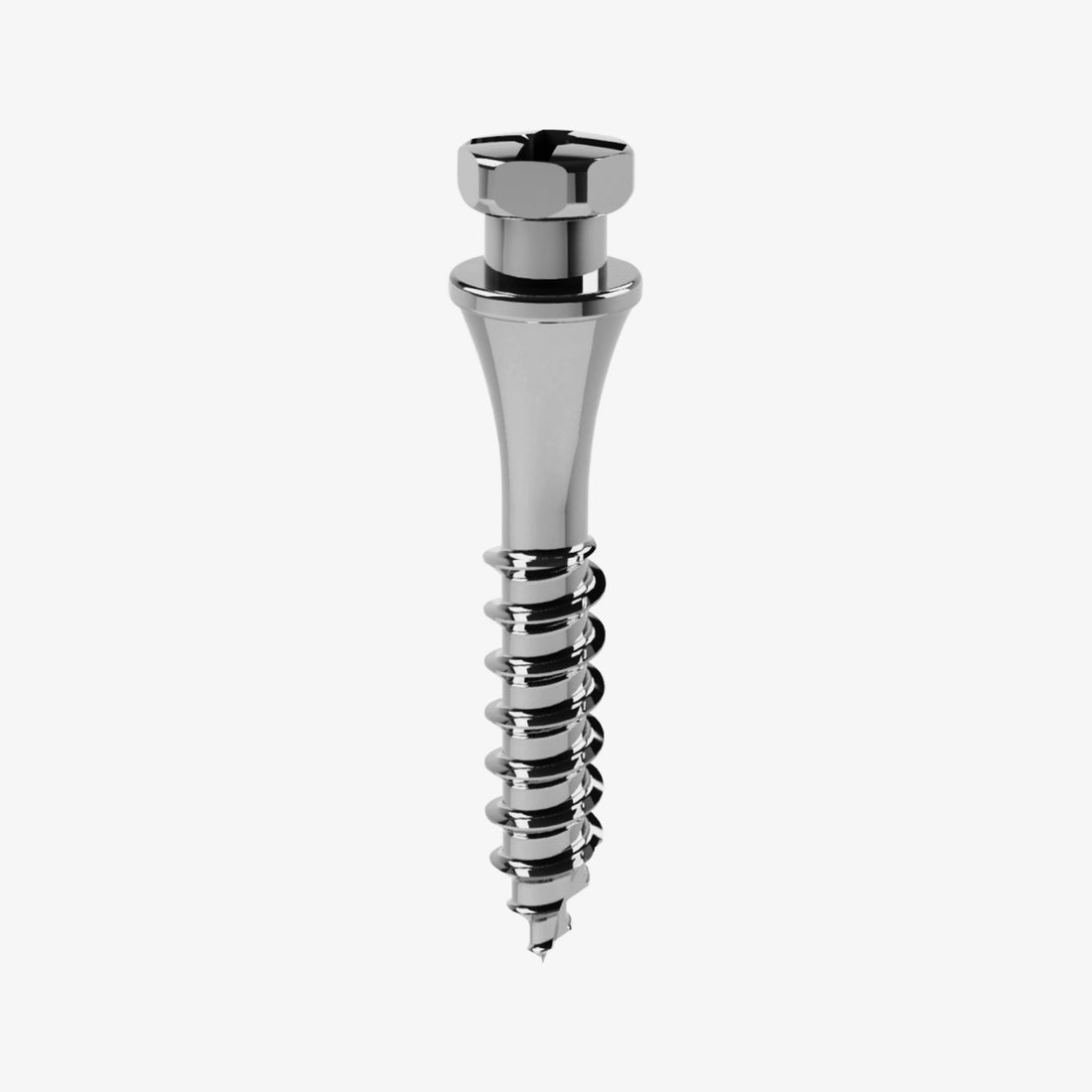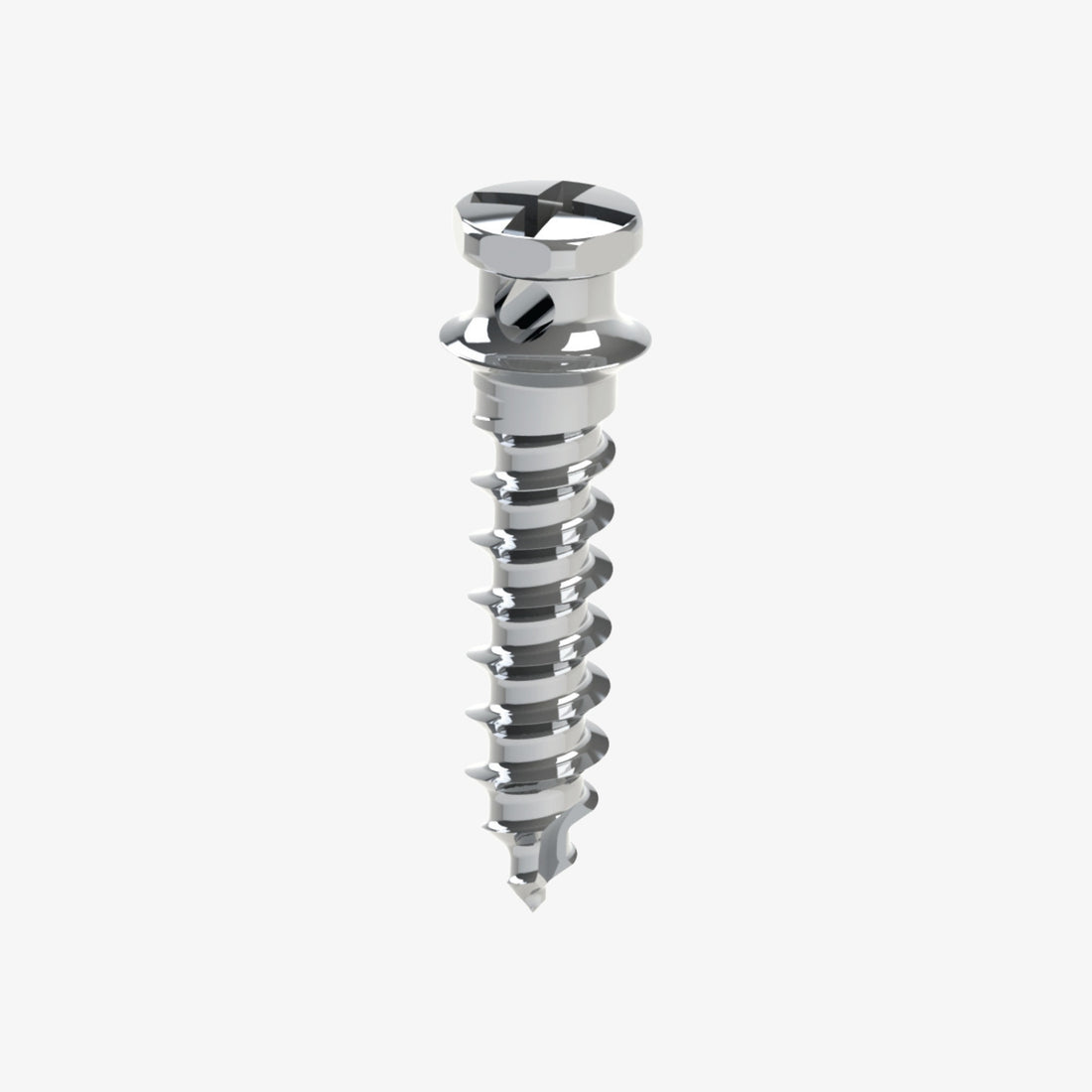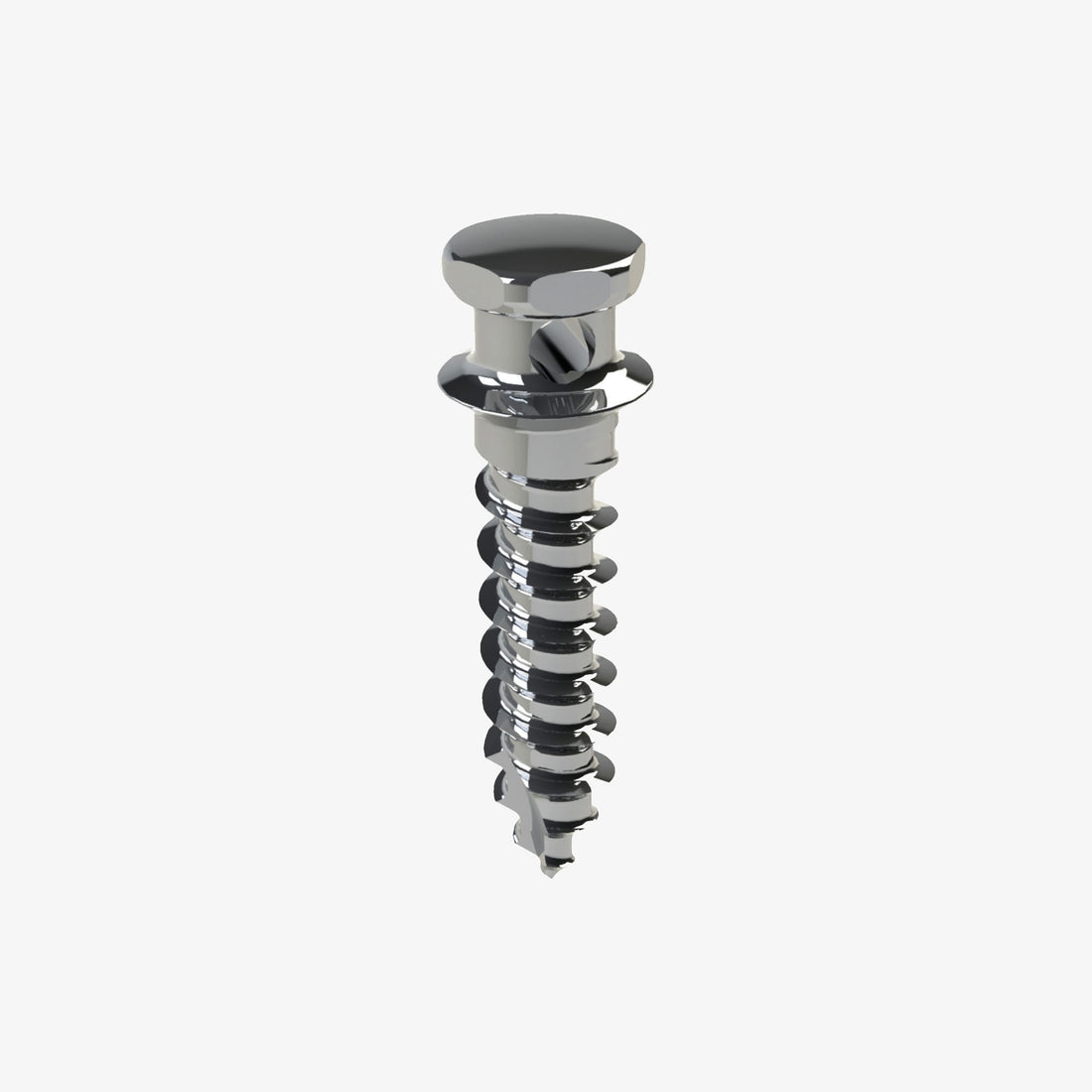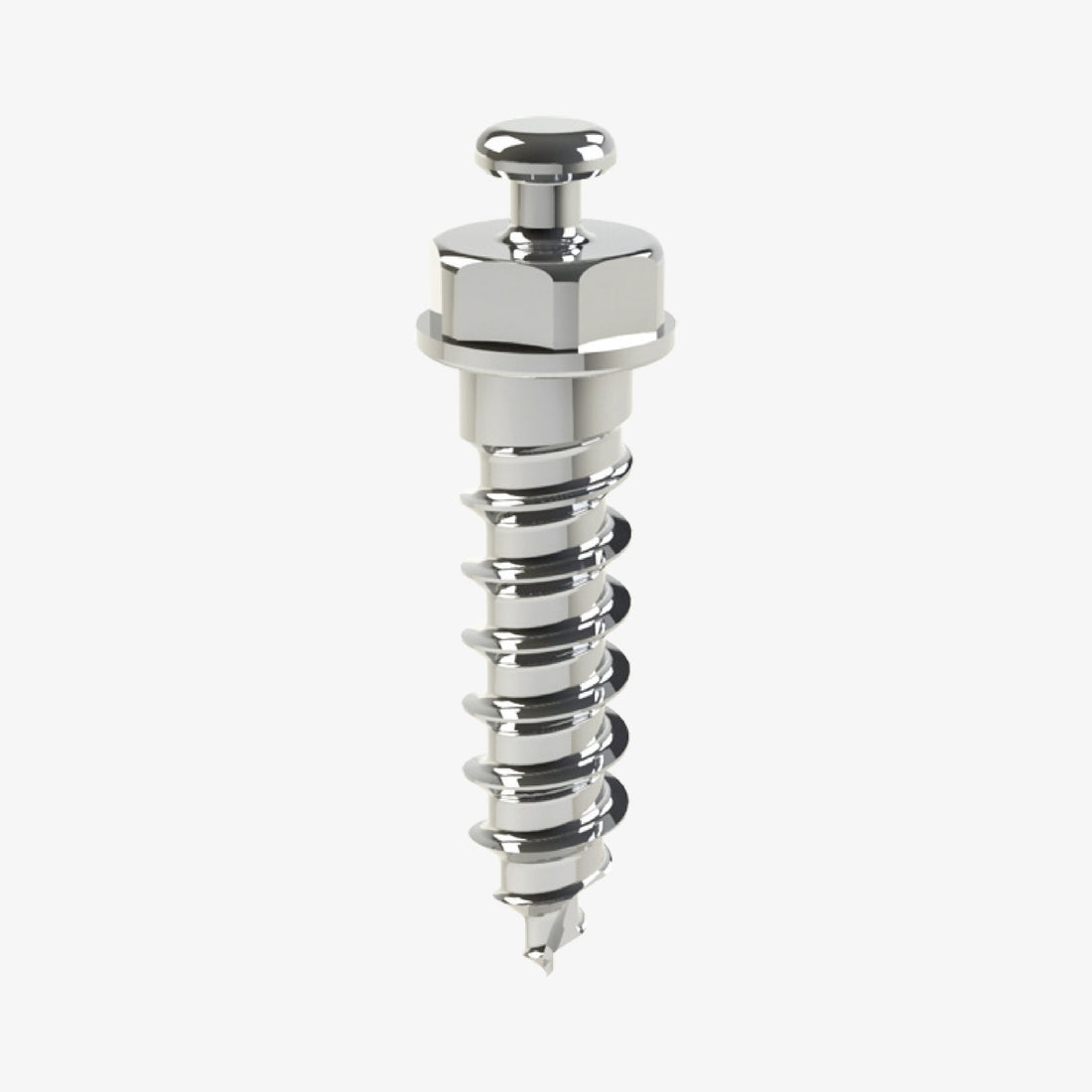Temporary Anchorage Devices (TADs) play a pivotal role in orthodontics by providing support and stability for various dental movements. Selecting the correct diameter and length for TADs is crucial for achieving primary stability, which determines the success of the procedure. In this article, we delve into the factors affecting TAD stability, including the importance of diameter over length, the role of cortical bone contact, and the considerations for different anatomical areas.
Importance of TAD Diameter in Stability
When selecting TADs, diameter emerges as a primary determinant of stability. The diameter of the mini implant significantly impacts the contact area with the cortical bone, which is a dense outer layer of bone that provides resistance against TAD displacement. The greater the diameter, the more cortical bone the implant contacts, resulting in enhanced primary stability. This interaction is critical, as the cortical bone’s density is instrumental in anchorage and stability.
A common practice to increase cortical contact and, consequently, TAD stability is to place the mini implant at a 45-degree angle. This angled placement maximizes the TAD’s surface area in contact with the cortical bone, further increasing its grip and decreasing the likelihood of displacement during orthodontic forces.
Diameter Selection: 1.5 to 1.6 mm as Standard
The standard diameter for TADs typically ranges between 1.5 to 1.6 mm, offering a balance between stability and patient comfort. Choosing the diameter depends on anatomical considerations and the specific orthodontic application. In situations requiring high stability and significant load-bearing capacity, the diameter may be adjusted within this range to ensure optimal support without compromising patient comfort.
Role of Length in Stability: Bicortical and Monocortical Anchorage
While diameter is critical for stability, the length of a TAD is essential in specific anchorage types. The two main forms of anchorage are:
-
Bicortical Anchorage: In cases of bicortical anchorage, where the TAD engages two layers of cortical bone, length becomes an important factor. The TAD must be long enough to pass through both cortical bone layers, ensuring enhanced stability. Bicortical engagement is commonly chosen in cases where higher stability and anchorage are required due to greater orthodontic forces.
-
Monocortical Anchorage: When only one cortical bone layer is involved (monocortical anchorage), the focus shifts to balancing the length to maintain a stable ratio of the implant length inside the bone versus outside. This balance is crucial in areas with thicker mucosa, such as the retromolar area. In regions with thicker tissue, an implant length that ensures adequate bone engagement is required to maintain stability.
Anatomical Considerations for Optimal TAD Placement
Different anatomical sites require varied approaches to TAD diameter and length selection:
-
Retromolar Area: In the retromolar area, mucosa thickness can reach up to 4 mm, which means that the implant should ideally be twice this length within the bone to provide stability. For instance, a minimum of 8 mm of the implant should engage with the bone, which may necessitate using TADs of around 10 mm in length to compensate for the soft tissue thickness.
-
Gingival Comfort and Irritation Prevention: Another consideration in selecting TADs is patient comfort, particularly in the gingival areas. Some TAD designs include a broader neck near the gingival region to reduce irritation and discomfort. These specialized screws help prevent soft tissue irritation, making the orthodontic experience more comfortable for patients.
The Role of TADs in Complex Orthodontic Cases
TADs are essential in a wide array of complex orthodontic procedures, from aligning molars to managing anterior tooth positioning. By providing the necessary anchorage, TADs allow for controlled tooth movement, enabling the achievement of optimal occlusion and aesthetics. Understanding the influence of diameter and length on TAD stability ensures that orthodontists can tailor their approach to suit the unique anatomical and procedural demands of each case.
Innovations in TAD Technology: GS Screws and Custom Solutions
Orthodontic advancements have led to the development of specialized TAD designs, such as JS screws, which have an enlarged neck specifically designed for gingival regions to minimize tissue irritation. Some advanced TADs reach lengths of up to 16 mm, suitable for challenging anatomical areas like the retromolar area. These innovations provide more options for orthodontists when dealing with complex cases that demand high stability and specialized positioning.
External Resources for Further Reading
For those interested in exploring further into TADs, here are some high-quality external resources:
-
American Journal of Orthodontics and Dentofacial Orthopedics - "The Influence of Diameter and Length on TAD Stability
-
National Library of Medicine - "Temporary Anchorage Devices in Orthodontics: An Overview
-
Journal of Clinical Orthodontics - "Applications of TADs in Complex Orthodontic Treatments
-
Dentistry Today - "Innovations in TADs for Orthodontics"
-
Orthodontics and Craniofacial Research - "Factors Affecting the Stability of TADs"
These resources provide a comprehensive look into the latest research, techniques, and innovations in TAD use for orthodontic stability. Each offers insights into TAD applications, design considerations, and evolving best practices.










 0745 100 497
0745 100 497


